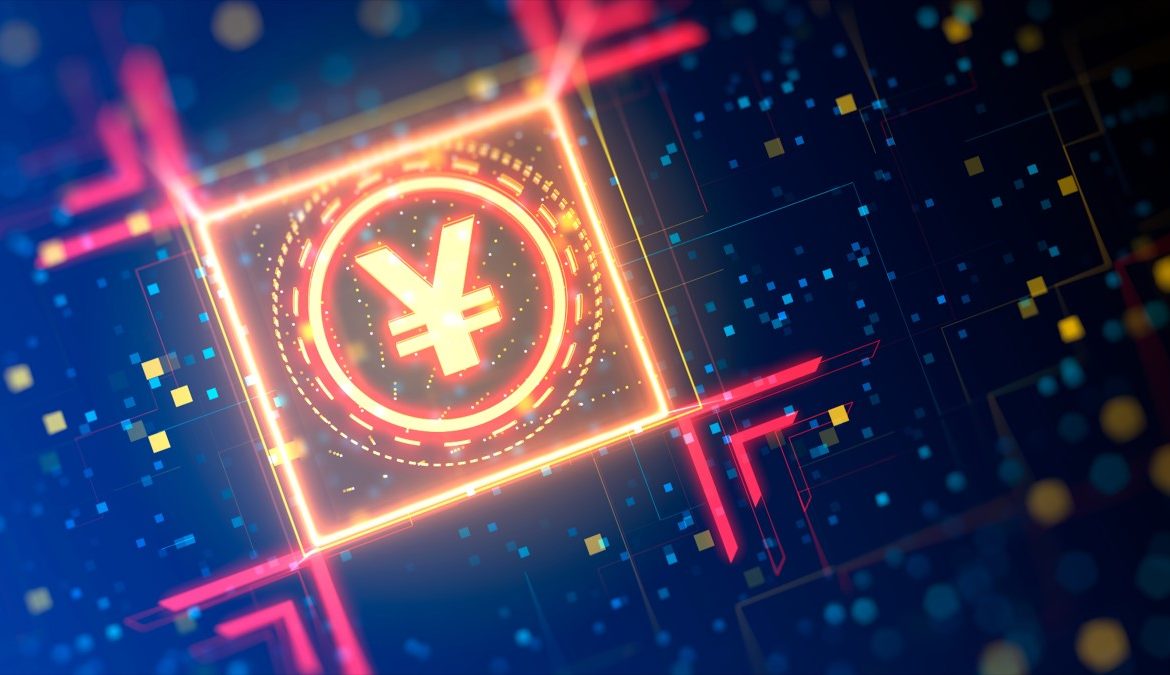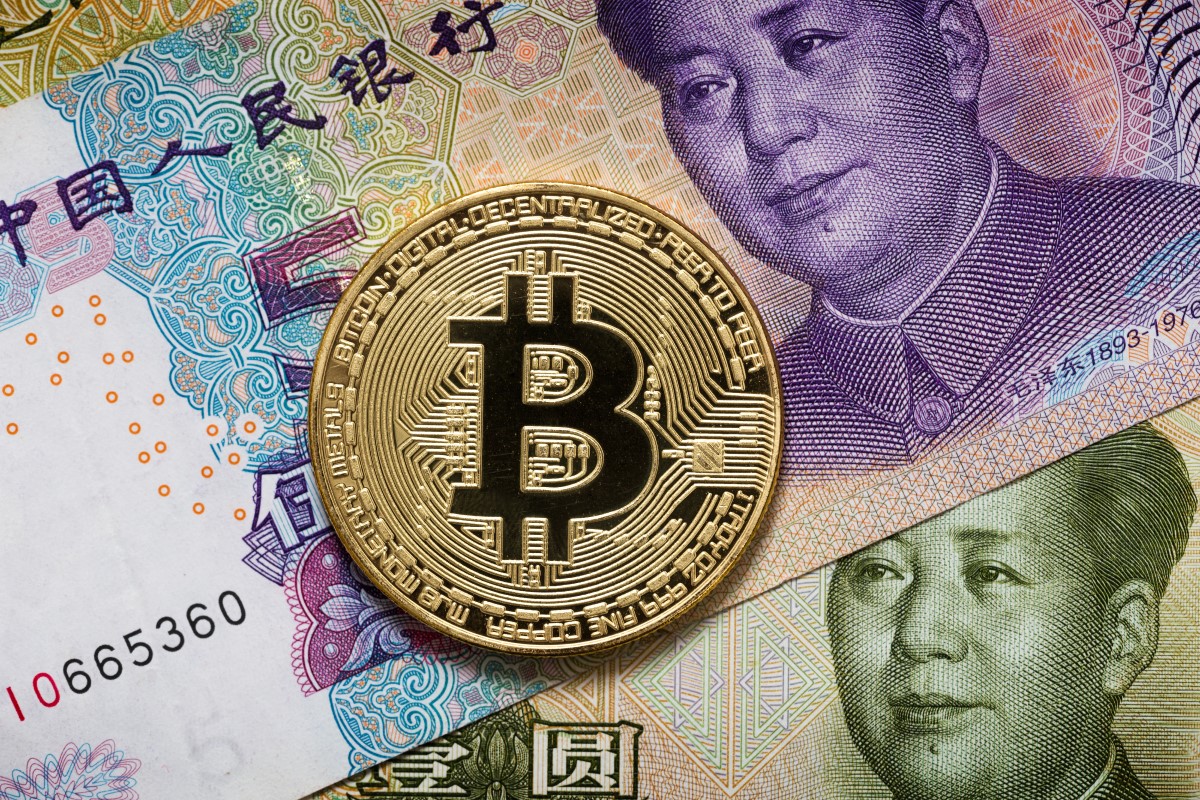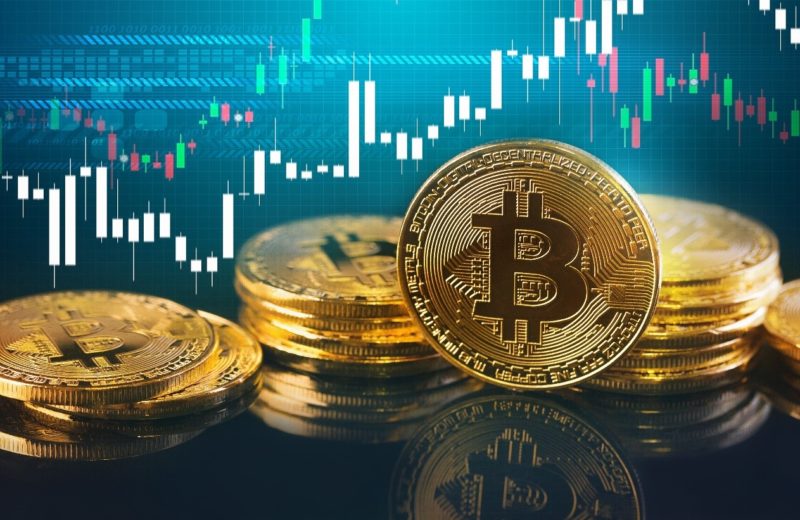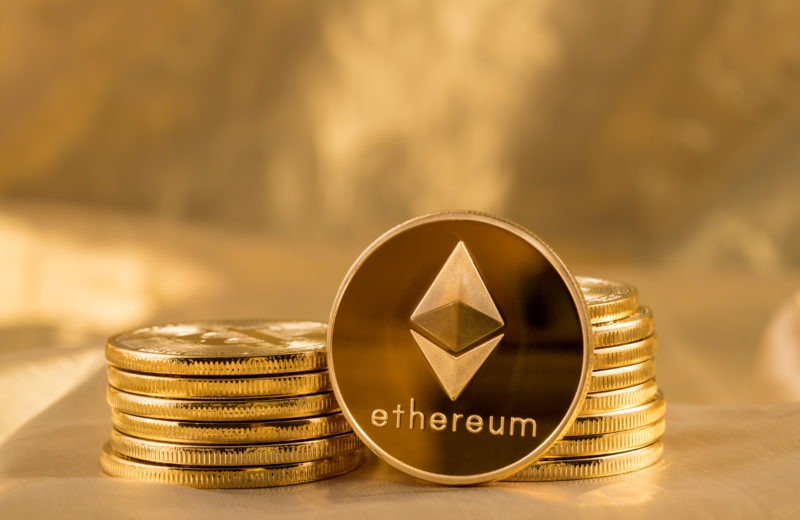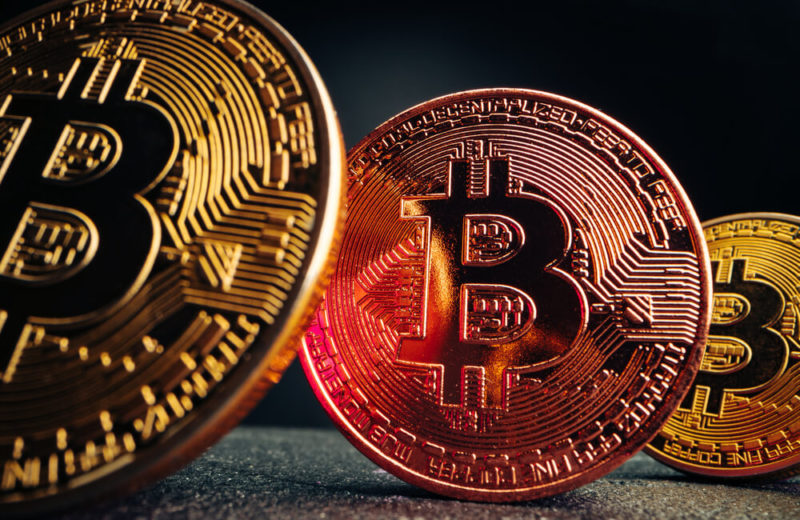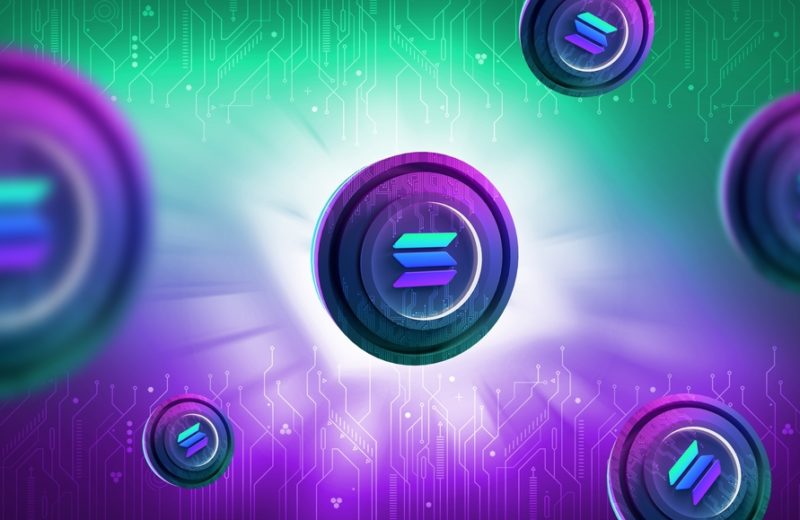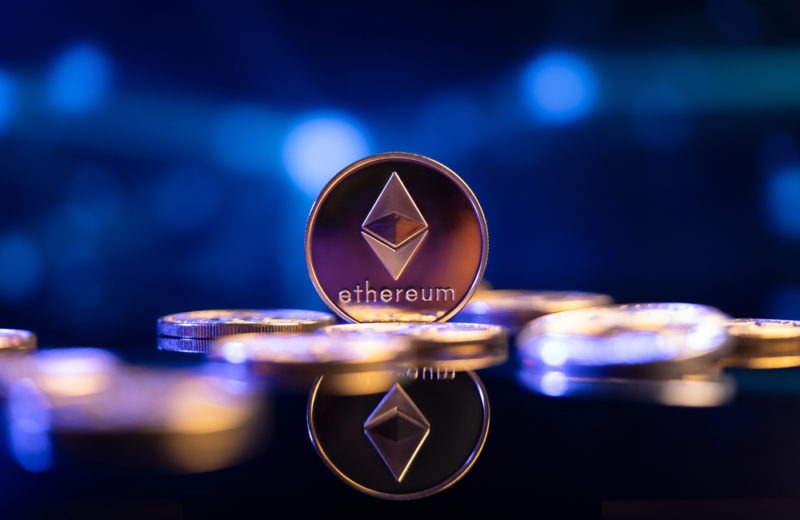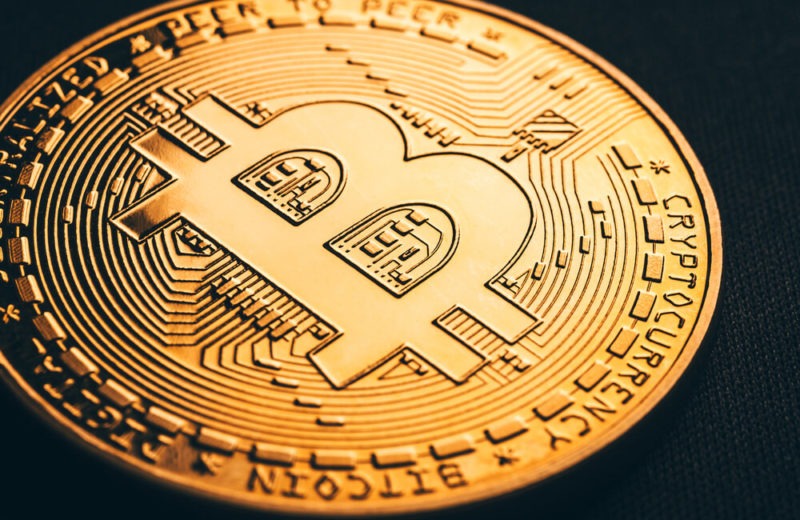The governments of different countries are speaking about creating their digital currencies more and more often. After the Bitcoin’s release in 2009, the idea of controlling such money became very appealing. But cryptocurrencies are decentralized, and for the authorities, most of the charm is in control. While the others argued and hesitated, China went ahead and began creating the first sovereign digital currency.
During the last five years, there were some false alerts. The Chinese government planned to release the new currency in 2019, but they postponed it several times. However, it seems that digital money tests are nearing the end. If everything goes according to the schedule, China could release in 2020.
Mu Changchun, the head of the Chinese central bank’s digital currency research institute, spoke about DCEP (Digital Currency/Electronic Payments). According to him, China wants to issue DECP as soon as possible. The important thing to know is that this currency is absolutely different from cryptos’.
What are the differences between DCEP and Cryptocurrencies?
Terry Liu, CEO of VoneChain Technology, noted three major distinctions between these two. While Bitcoin and other cryptos are mined, DCEP is government-sanctioned. The authorities will distribute the currency through the monetary system and traditional banks. It makes them fully centralized, just like the usual paper money. On the other hand, only the algorithm controls the cryptocurrencies.
Furthermore, the government will also control the blockchain ledger, and they won’t distribute it across the system. And the last difference is that it is meant to operate just like a standard currency.
The central bank will integrate digital currencies throughout the commercial system. They will also value digital currency like the Chinese yuan, and it won’t be traded in fractions. In reality, there won’t be many dissimilarities between using the DCEP and existing digital payment platforms.


